We at AAS have figured out one way to beat the winter blues: Omeka! Thanks to the generosity of Jay Last (member since 1987), we held a two-day training session for our staff to learn this content management system for online exhibitions of special collections. Omeka is not archival software, but it was developed at the Roy Rosenzweig Center for History and New Media to work extremely well with the information systems in place at special collections libraries. Its stated goal is to “create complex narratives and share rich collections,” and we have nothing but rich collections that have complex stories to tell.
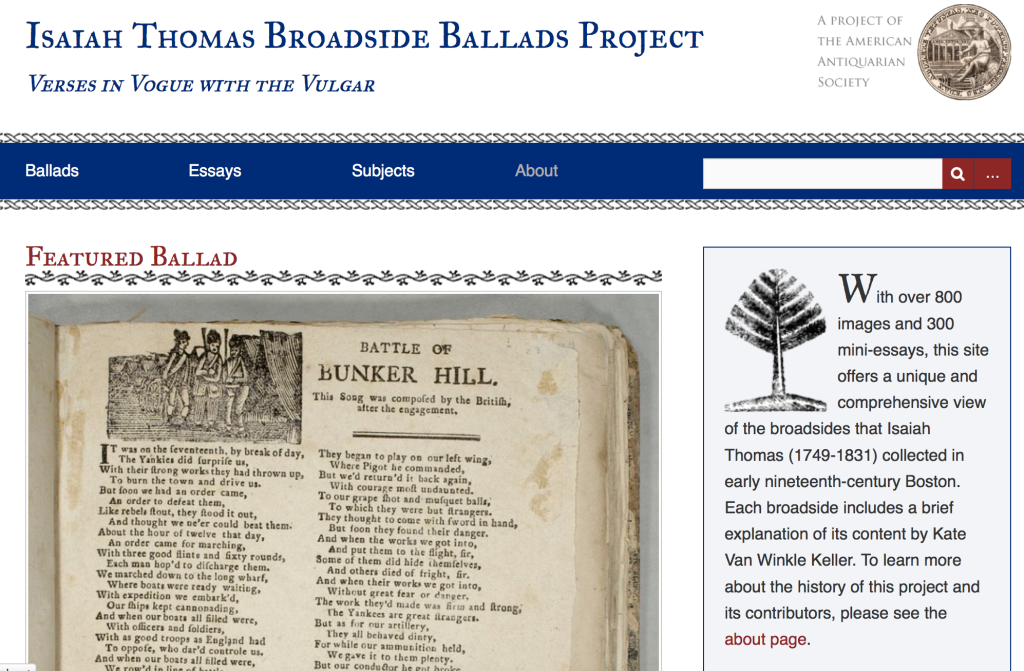 We recently used Omeka for our Isaiah Thomas Broadside Ballads project: Verses in Vogue with the Vulgar, and found that many of its features work very well with our General Catalog and with our digital images archive, GIGI. Because all of the Thomas broadsides were already cataloged, we exported the Machine-Readable Catalog (MARC) records and then imported them into Omeka. We could therefore repurpose the data in our catalog into our exhibitions, rather than key in all the information anew. We were also able to make use of both the smaller images we derive from GIGI and to point our users to the high-resolution images we store in GIGI. As we worked through this project, we increasingly saw how Omeka-ready our materials are. We realized that virtual exhibitions are a wonderful way to open up our collections and to thereby fulfill, in an innovative way, part of the Society’s mission: “to make widely accessible the early historical record of our nation.” We therefore invited Omeka developer extraordinaire Ken Albers, who developed the Thomas Broadsides project for us, to come visit us in the tundra that is Worcester in February. Fortunately for us, single digit temperatures and double-digit measurements of snow did not deter Ken, and he came north to dazzle us for two days with all things Omeka.
We recently used Omeka for our Isaiah Thomas Broadside Ballads project: Verses in Vogue with the Vulgar, and found that many of its features work very well with our General Catalog and with our digital images archive, GIGI. Because all of the Thomas broadsides were already cataloged, we exported the Machine-Readable Catalog (MARC) records and then imported them into Omeka. We could therefore repurpose the data in our catalog into our exhibitions, rather than key in all the information anew. We were also able to make use of both the smaller images we derive from GIGI and to point our users to the high-resolution images we store in GIGI. As we worked through this project, we increasingly saw how Omeka-ready our materials are. We realized that virtual exhibitions are a wonderful way to open up our collections and to thereby fulfill, in an innovative way, part of the Society’s mission: “to make widely accessible the early historical record of our nation.” We therefore invited Omeka developer extraordinaire Ken Albers, who developed the Thomas Broadsides project for us, to come visit us in the tundra that is Worcester in February. Fortunately for us, single digit temperatures and double-digit measurements of snow did not deter Ken, and he came north to dazzle us for two days with all things Omeka.
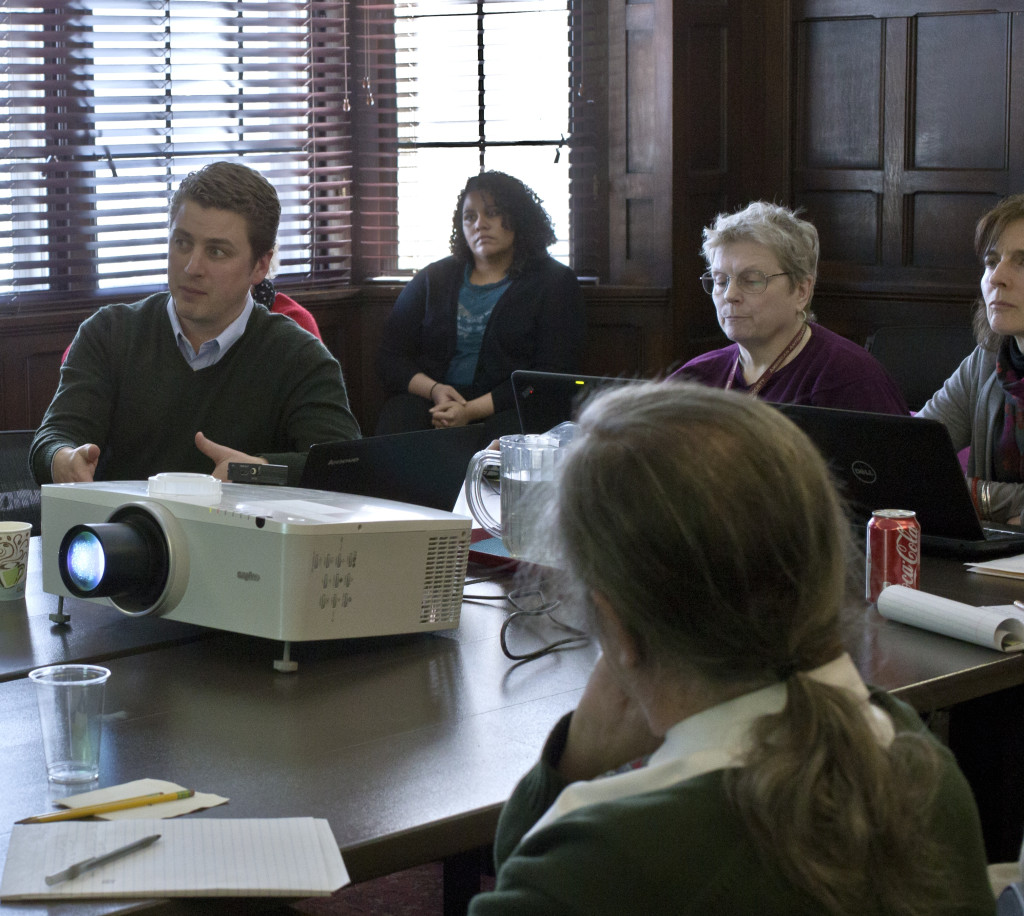 Ken spent the first day with about 25 staff members, introducing us to Omeka and how we can use it to encourage the public to start interacting with our collections online as we guide them through virtual exhibitions. As Ken walked us through the many ways of configuring Omeka for various uses, he showed us inspiring examples of how experts such as himself have used Omeka to make customized sites, such as Martha Washington: A Life, and also sites made by students who have made impressive use of Omeka’s basic features, such as Wearing Gay History: A Digital Archive of Historical LGBT T-Shirts. Ken encouraged those of us who will be designing sites to let the materials we are exhibiting guide both the organization and the look of our pages.
Ken spent the first day with about 25 staff members, introducing us to Omeka and how we can use it to encourage the public to start interacting with our collections online as we guide them through virtual exhibitions. As Ken walked us through the many ways of configuring Omeka for various uses, he showed us inspiring examples of how experts such as himself have used Omeka to make customized sites, such as Martha Washington: A Life, and also sites made by students who have made impressive use of Omeka’s basic features, such as Wearing Gay History: A Digital Archive of Historical LGBT T-Shirts. Ken encouraged those of us who will be designing sites to let the materials we are exhibiting guide both the organization and the look of our pages.
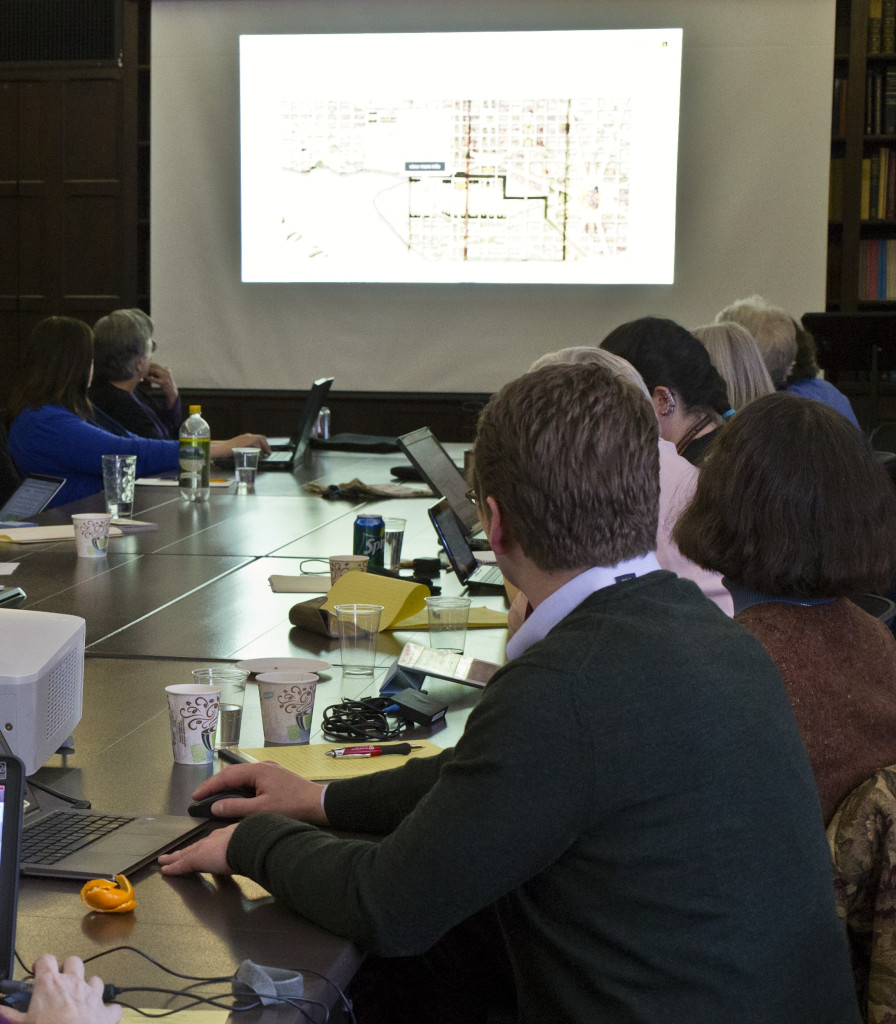 On day two of our training, Ken ran an Omeka lab for the ten of us who are creating sites. These sites will launch over the next year and include a range of items in our collections: Hawaiiana, the Louis Prang collection, and James Fenimore Cooper, just to name a few. Ken walked us through importing our data, how to display the data, installing plug-ins, choosing our themes, and customizing our themes. As we spent the day with our heads in our computers, exchanging ideas and asking questions, the excitement for this tool, which will enable us to share the collections we love so much, was palpable. We look forward to sharing what we have learned in the form of these exciting virtual exhibitions.
On day two of our training, Ken ran an Omeka lab for the ten of us who are creating sites. These sites will launch over the next year and include a range of items in our collections: Hawaiiana, the Louis Prang collection, and James Fenimore Cooper, just to name a few. Ken walked us through importing our data, how to display the data, installing plug-ins, choosing our themes, and customizing our themes. As we spent the day with our heads in our computers, exchanging ideas and asking questions, the excitement for this tool, which will enable us to share the collections we love so much, was palpable. We look forward to sharing what we have learned in the form of these exciting virtual exhibitions.
Please stay-tuned for the many exciting Omeka sites that will be housed on the “Digital AAS” section of our website.

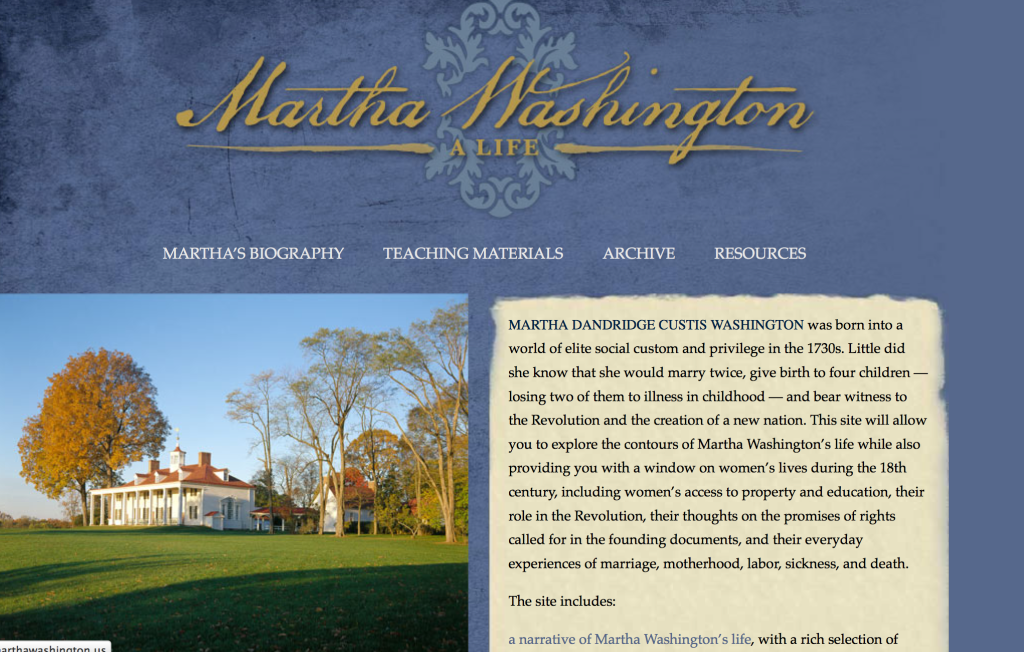
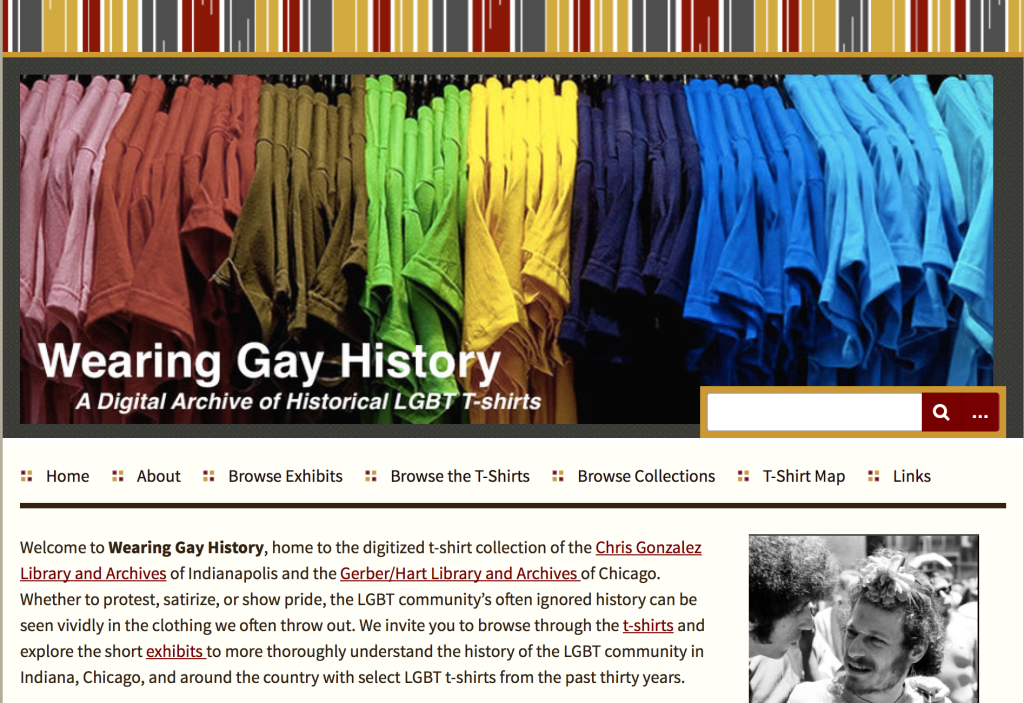
5 thoughts on “Omeka Mania at AAS”